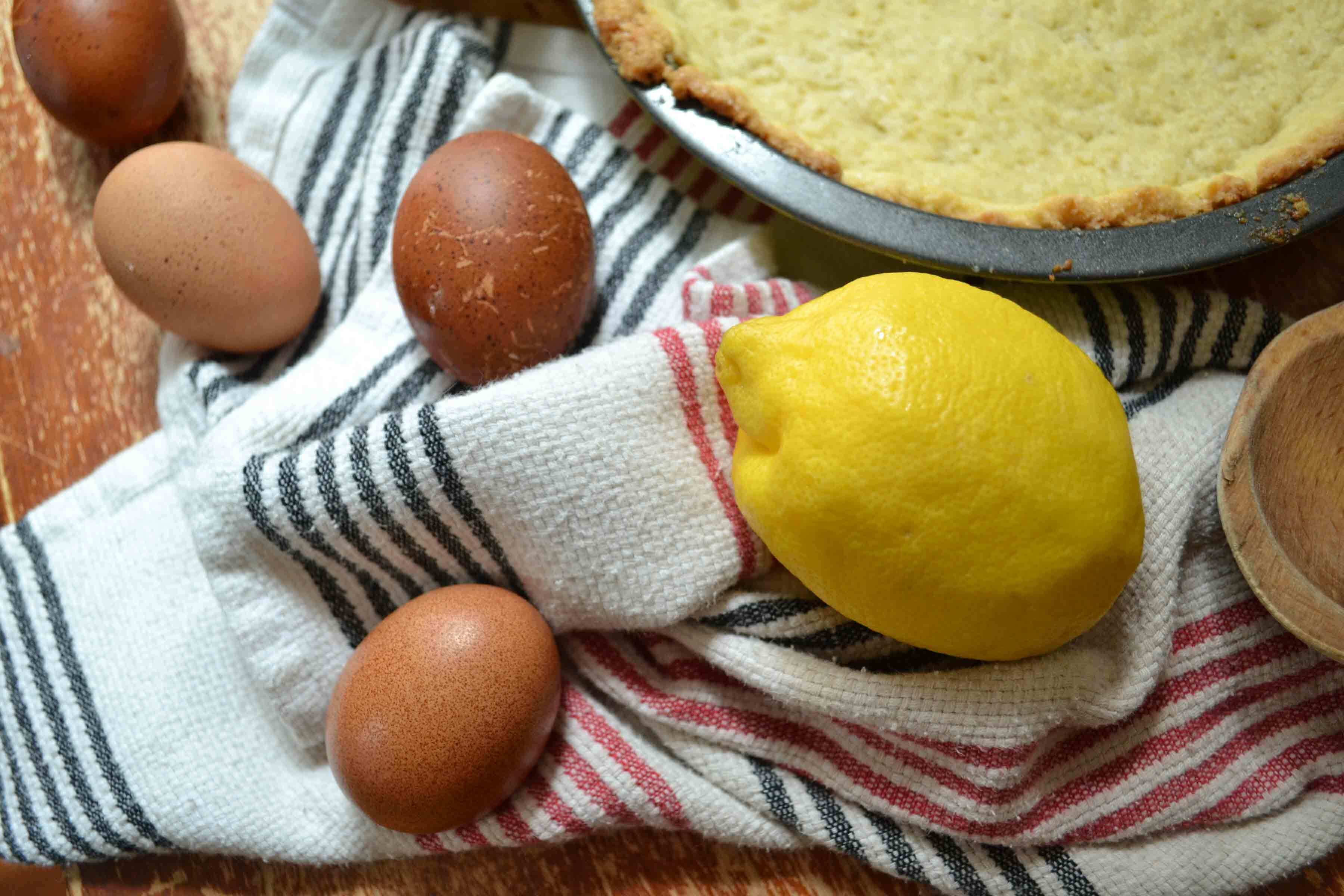The Ropes Mansion opened for the season last month, and to celebrate, we’re diving back into the pages of former resident Sally Fiske Ropes Orne’s family recipe book.
While many of her recipes – sturdy gingerbreads and apple pies – evoke a chilly New England winter, a scribbled list of ingredients for lemon pudding looks like a promising dessert for welcoming in summer picnics and slices of pie on the front porch.

Rather than the chocolate, vanilla or tapioca mush modern readers may be used to, “pudding” was previously a British (and then colonial American) catch-all term for several kinds of desserts, many steamed and featuring brandy or other alcohol and dried fruit such as currants. There were also plenty of savory puddings, flavored with everything from calves’ feet to rabbits to eels. John Remond’s menu for a dinner at Hamilton Hall celebrating Salem’s 200th anniversary in 1828 lists “puddings, 30 – pies, 30 – custards, 36” for feeding 170 people (in addition to ten different kinds of roast poultry, beef cooked five ways, turtle soup, “pigeons transmogrified” and a staggering array of other food).
At first glance, the Ropes family pudding recipe sounds like it could also feed an army. It calls for a pound of butter, a pound of sugar, a pint of cream and three lemons, plus a dozen eggs (minus six whites).

There’s only one problem: Sally left no instructions.
Should the egg whites be beaten first? Heavy cream or light cream? And how should the pudding be cooked?
This classic custard pie requires only a few simple ingredients. Photo by Meg Boeni/PEM.
To find out, I started sifting through historic cookbooks for lemon pudding recipes with a similar list of ingredients. Much like Sally’s recipe for gingerbread, this one was likely enjoyed from the 1810s–1840s, but could date to the late 18th century or even further back. Wherever she discovered it, it seems to have been so simple and so popular with the family that Sally relied on her memory for the step-by-step process.
The lemon pudding could have been steamed over a fire in a cloth bag, or baked over a tray of hot water (sometimes called a bain marie or water bath). Or – maybe a tastier option – it could have been baked in a pie crust. Hannah Woolley’s The Queen-Like Closet or Rich Cabinet, a recipe and housekeeping book printed in 1672, recounts a similar recipe for orange pudding that says to “strew sugar on it and serve it to the table, [or] bake it in a puff-past” (pastry).
Elizabeth Raffald’s The Experienced English Housekeeper, in a reprint from 1808, has a similar suggestion for a citrus pudding recipe with five variations: “...and make a rich crust, which must be put at the bottom. Bake it nicely; it must not be too brown.” This recipe is even more similar to Sally Ropes.’ It calls for three quarters of a pound of butter, three quarters of a pound of sugar and twelve eggs, minus four yolks.

Recipes from this time period sometimes specify a “slow oven” (moderately hot) or “quick oven” (very hot) for baking. After a little experimentation, I found that starting out hotter and bringing the temperature down yielded a creamy custard.
As for “puff-past,” feel free to use your favorite homemade or store-bought pie crust, shortcrust or puff pastry. Be sure to parbake the crust slightly before adding the filling to prevent it from getting soggy. You can also use a spoonful of the reserved egg white to brush around the exposed edge of the crust for a shiny, flaky finish.
Lemon Pudding Pie
1 8-9” pie crust
⅓ c + 3 Tb granulated sugar
½ c unsalted butter, melted
Zest of 2-3 lemons
1 Tb lemon juice
⅔ c heavy cream (Do not substitute for half-and-half or milk. It will curdle!)
2 eggs + 2 egg yolks
Pinch of salt
Preheat the oven to 375℉. Place crust in a pie plate or tart pan and bake for about 10 minutes – it should be dry to the touch, but not brown, and should still give slightly when poked with a finger.
In a large bowl, measure out the sugar and grate the lemon zest directly on top. Rub the zest into the sugar with your fingers until it’s fragrant and the flecks of yellow are evenly distributed. Whisk in the melted butter. Stir in the lemon juice and salt until combined. Add the eggs and egg yolks one at a time, mixing briefly after each addition. Whisk in the cream. Stir the whole mixture until well blended.
Pour the lemon mixture into the parbaked crust and bake for 15 minutes. Turn the oven down to 325℉ and continue baking for 25-30 minutes, or until the surface is golden and crackling. Allow to cool fully before serving with fresh berries and whipped cream. (That last slice will taste even better after a day in the refrigerator.)

The Ropes Mansion is open for ticketed, timed tours from May through October. Self-guided tours are included with museum admission. Reserve your tickets here, or learn about the history of the home through PEM Walks. The Ropes Mansion Garden is free to explore every day from dawn to dusk.
Keep exploring
Blog
Historic Holiday Recipes: Recreating 200-Year-Old Gingerbread
7 Min read

Campus
Historic Houses


